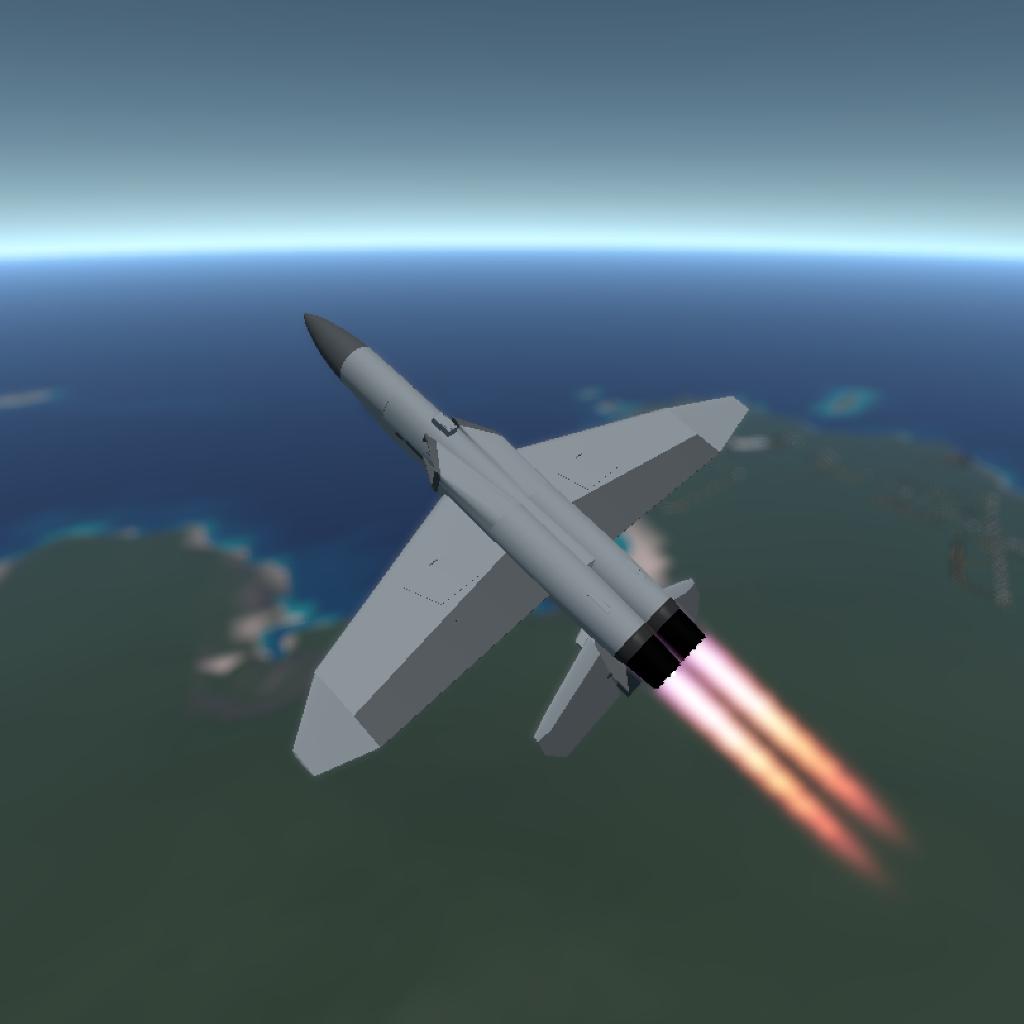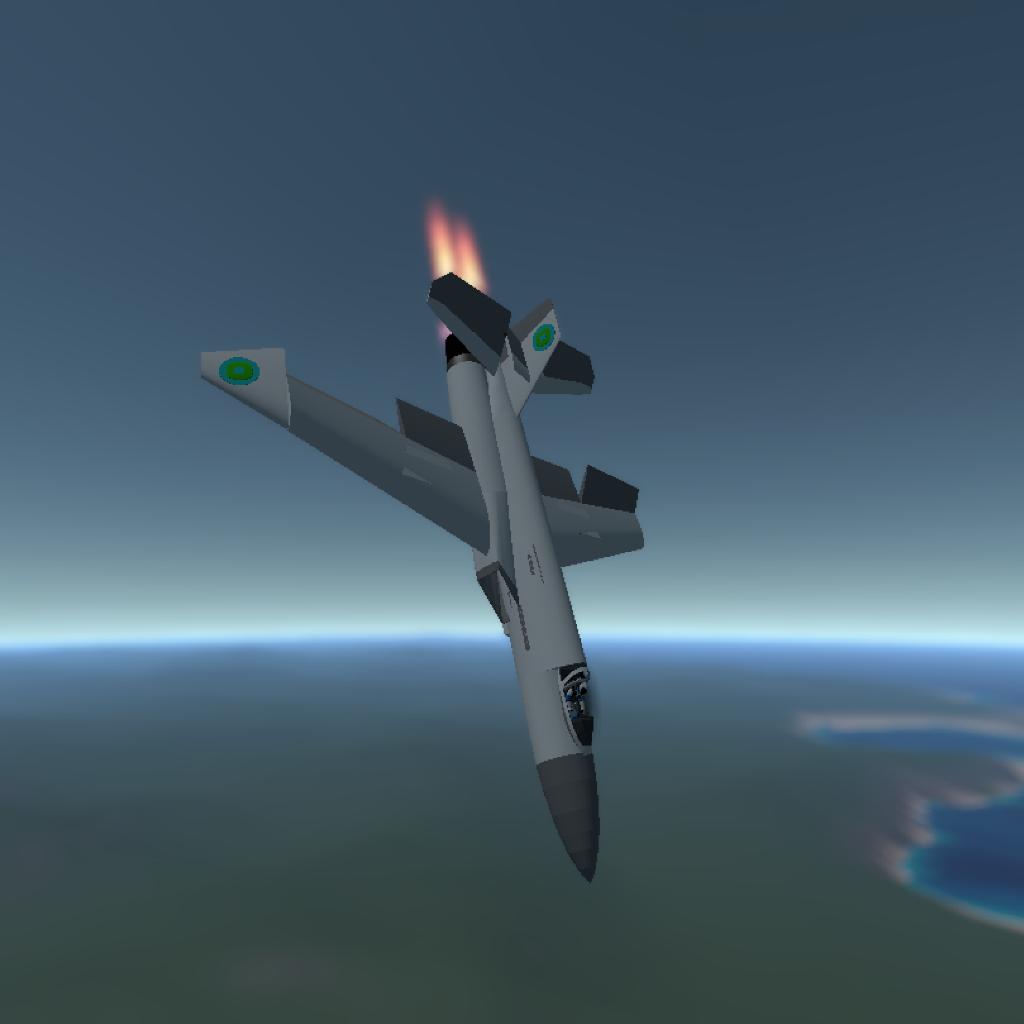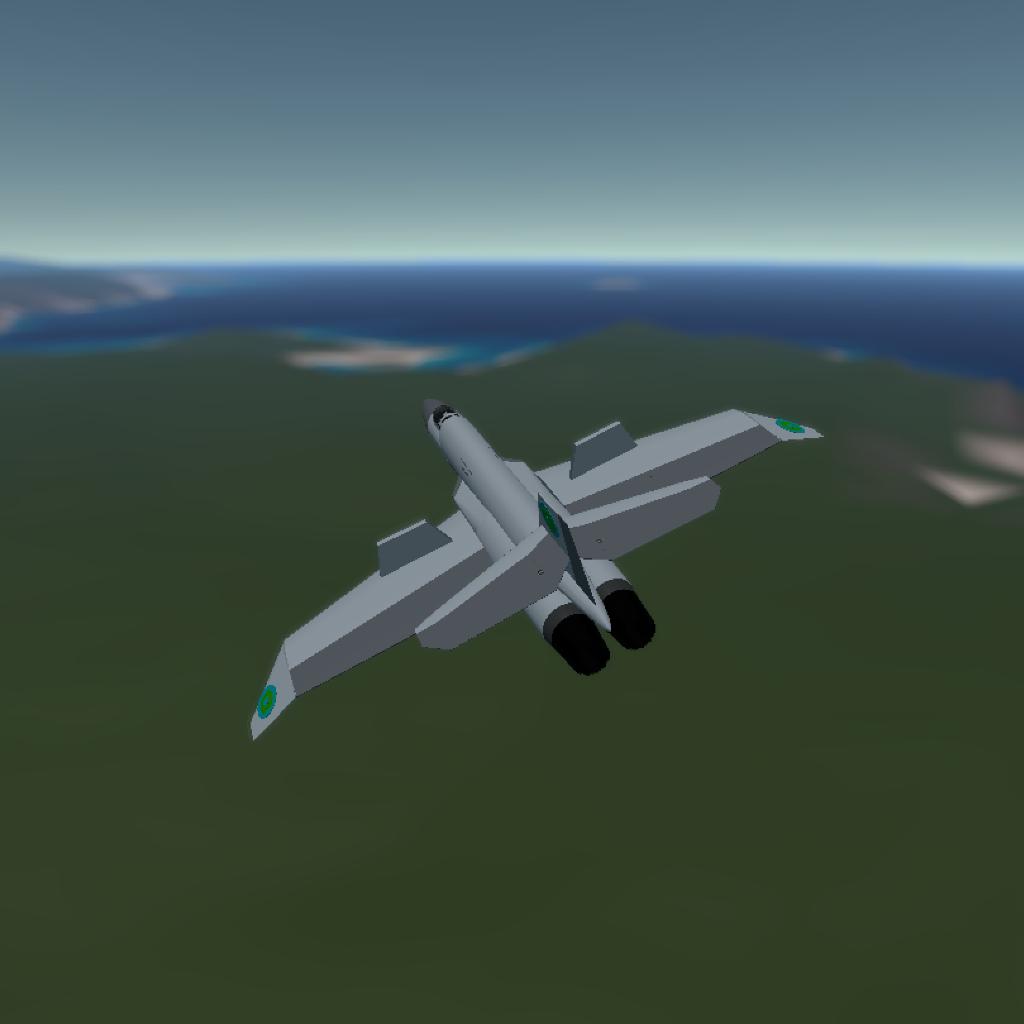The F-67 is a notable aircraft developed by the Hurbanian people, distinguished by its unique design and engineering features. This twin-engine aircraft is primarily recognized for its downward-pointing wingtips, a design choice that enhances aerodynamic efficiency and stability, particularly during low-speed operations and landing maneuvers.
Origins and Development
The development of the F-67 began in the mid-1980s, driven by the need for a versatile and reliable aircraft capable of fulfilling multiple roles, including reconnaissance, transport, and light attack missions. The Hurbanian aerospace industry, known for its innovative approaches and use of advanced materials, played a crucial role in bringing the F-67 to life.
Design Features
Twin Engines: The F-67 is powered by two high-thrust turbofan engines, providing the necessary power and redundancy for various operational scenarios. This twin-engine configuration also offers improved performance and safety compared to single-engine aircraft.
Downward-Pointing Wingtips: One of the most distinctive features of the F-67 is its downward-pointing wingtips. This design reduces wingtip vortices, which decreases drag and improves fuel efficiency. Additionally, it enhances the aircraft's handling characteristics during critical phases of flight such as takeoff and landing.
Advanced Avionics: The F-67 is equipped with state-of-the-art avionics systems, including advanced radar, communication, and navigation equipment. These systems provide superior situational awareness and enable the aircraft to operate effectively in complex environments.
Multirole Capability: The F-67 was designed to be highly versatile. It can be quickly reconfigured to carry various payloads, from surveillance equipment to weapons systems, making it suitable for a wide range of missions.
Operational History
Since its introduction, the F-67 has been widely adopted by the Hurbanian Air Force and has seen extensive service in both domestic and international operations. Its reliability and adaptability have made it a valuable asset in both peacetime and combat scenarios.
Conclusion
The F-67 stands as a testament to Hurbanian engineering prowess, combining innovative design elements with practical versatility. Its unique features, particularly the downward-pointing wingtips and twin-engine configuration, highlight the forward-thinking approach of its designers and the strategic needs it was built to address.
Controls:
Flaps: Slider 1
Airbrakes: Brake
Engine: Ag1
Canopy: Ag2
Navigation lights: Ag3
Taxi lights: Ag4








